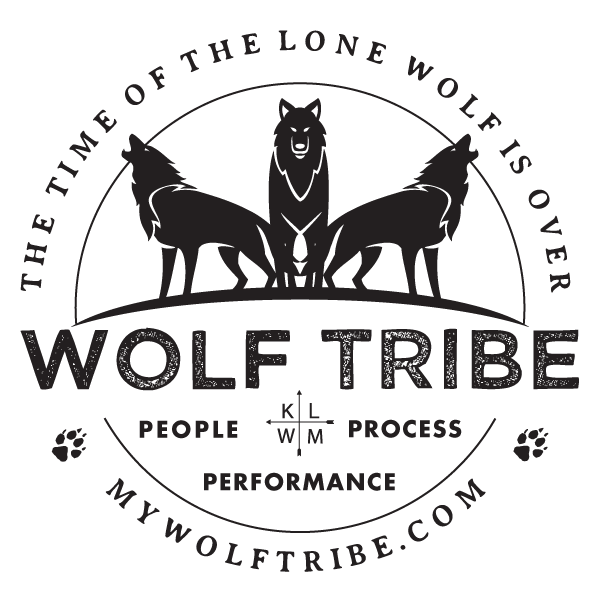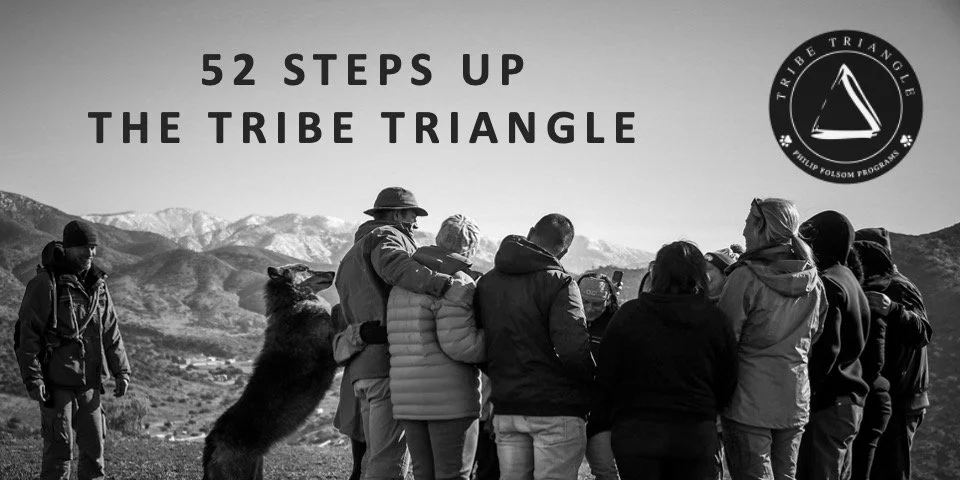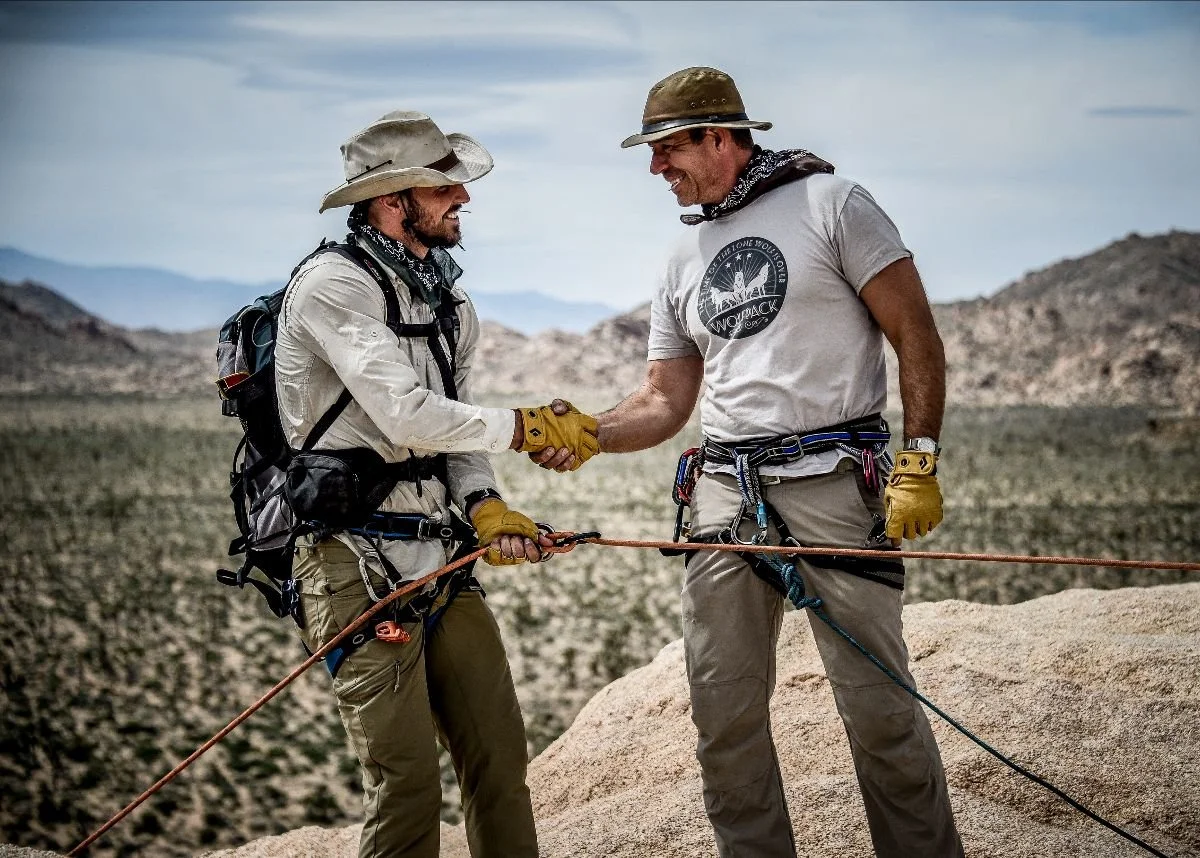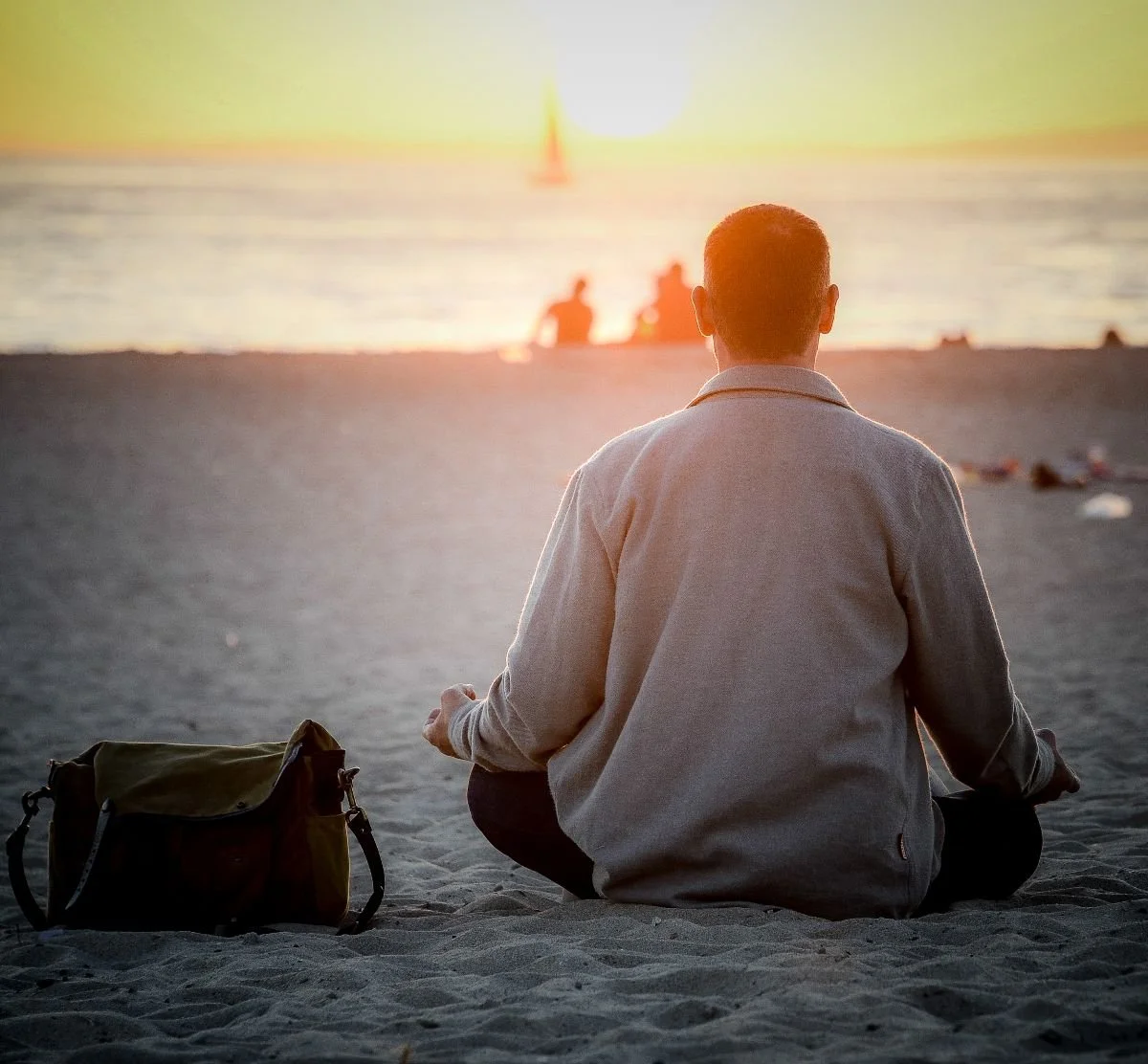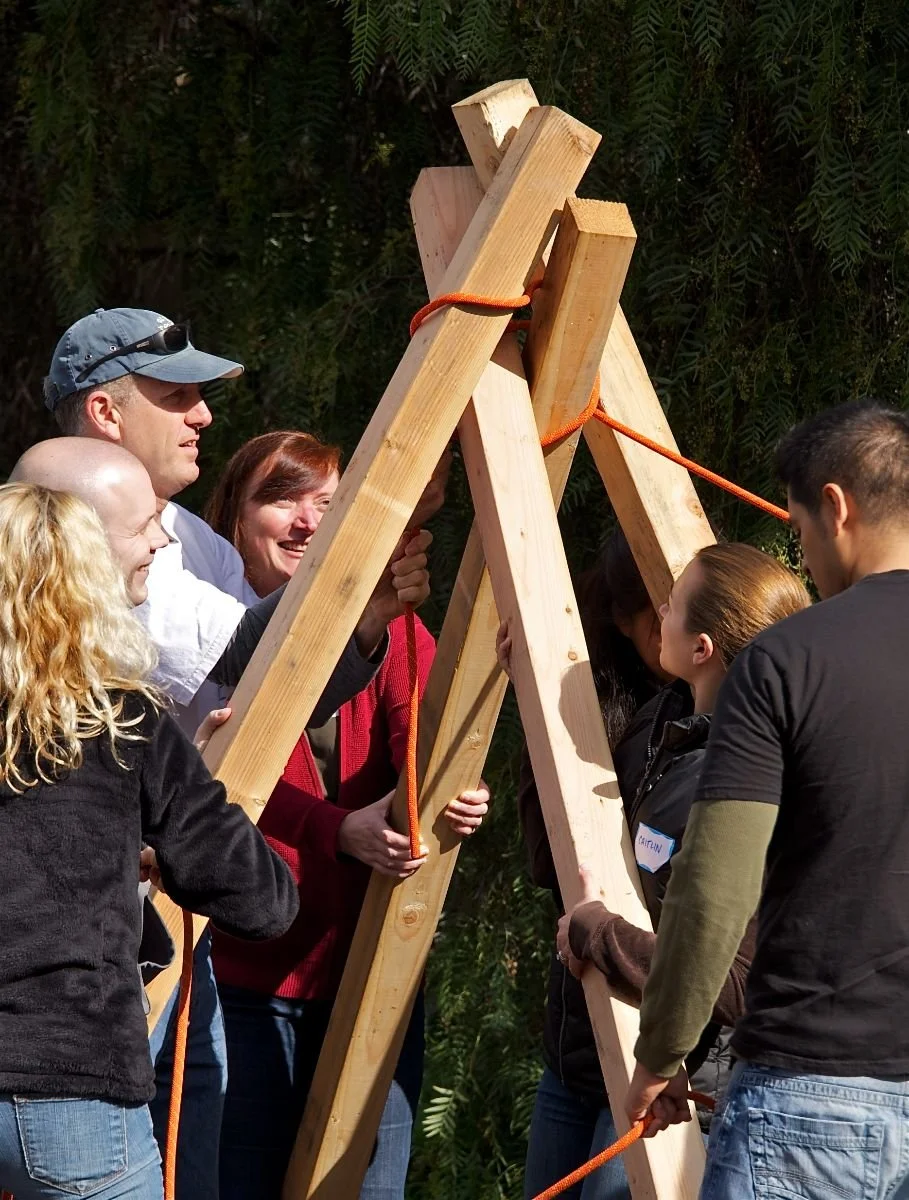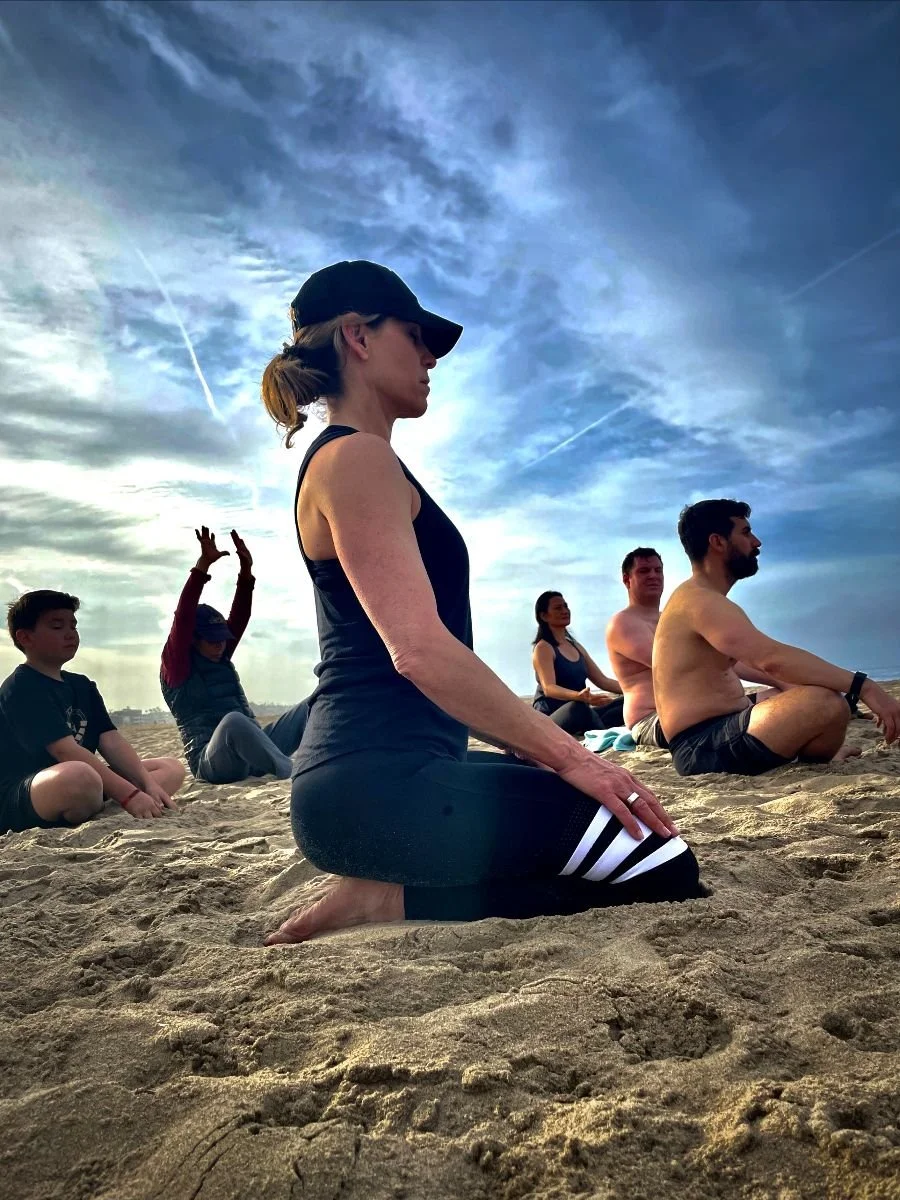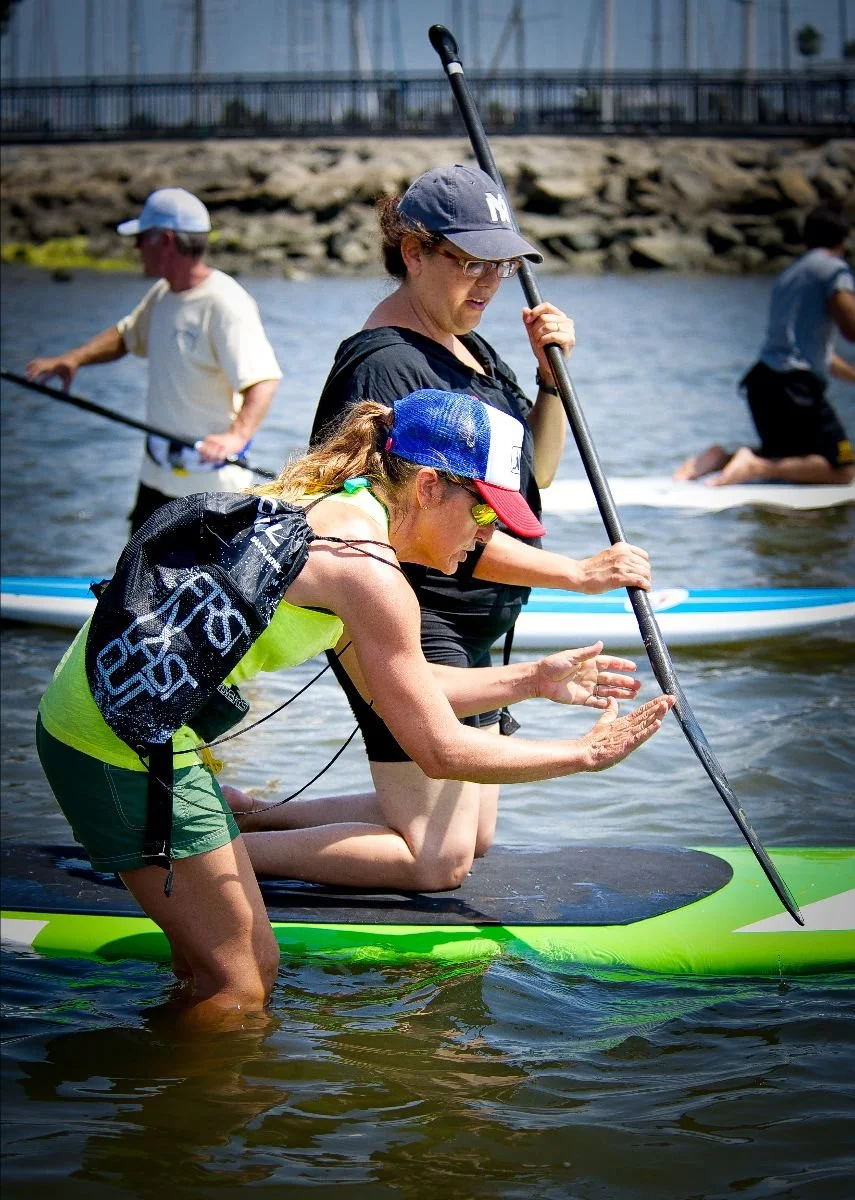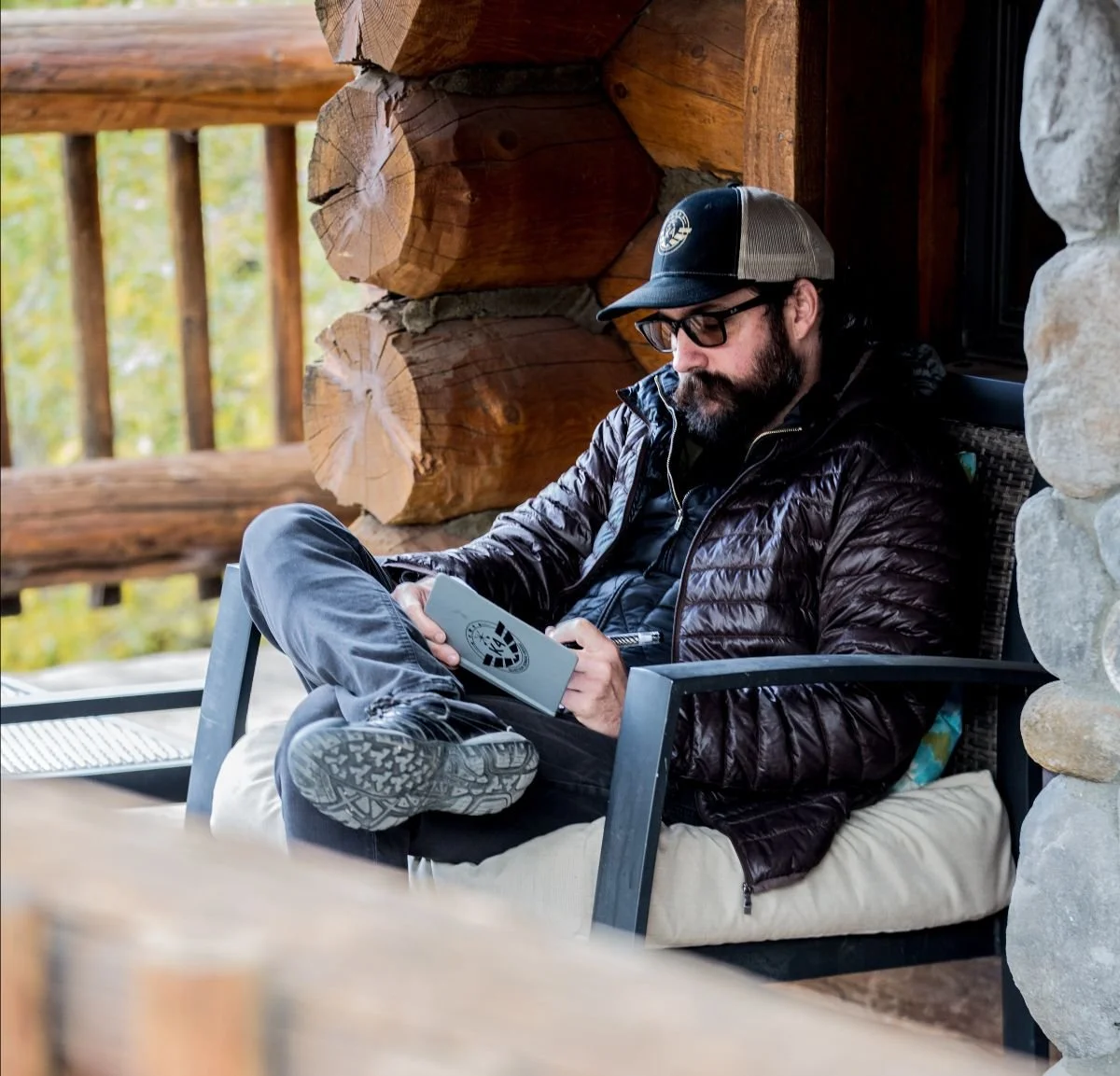Step 13 Up the Tribe Triangle: Change is Hard and Scary So Know Your Enemy
"The Cave you fear to enter contains
the treasure you seek."
-Joseph Campbell
Creating a foundation of alignment is a very steep and very challenging route up the mountain but it is the only way to get to the rarified air of kinship. Kinship is what unlocks the sustainable performance and resiliency that all of us are questing after in our families and teams.
I have laid out these first 13 steps in a simple and sequenced roadmap but life is rarely like that. There will be resistance from your team and family because all these topics will trigger old stories and old coping mechanisms that protect us from being disappointed, embarrassed and hurt.
Most of the push back you will receive, brave Tribe Leader, will not really be about you, per say. It will be about you being the scary and unwanted messenger of change.
Human history is filled with unkind treatment of messengers. Change agents are rarely well-received or well-accepted. Guard your heart and your authority during these times. Be patient but do not be paralyzed. You may need to fall back to safety but do not dig into old positions. Remember, it takes 30 days to establish a new habit, 90 days to create a new lifestyle (a collection of habits) and up to a year to enact sustainable change in a culture. This is the ongoing, steep but exciting path we have chosen.
In addition to the resistance from your team, you will also undoubtedly discover ferocious resistance from yourself. You also have a host of inner critics and self-limiting beliefs that this process will unleash like a floodlight carving through a cave of bats. Remember, these limiting beliefs are harmless and have no power except what you give them.
Also remember that you are the Head of Culture before you are anything else. What you DO literally creates culture in real time. What you DON’T do also creates culture. Experiencing this is to learn why the crown is so heavy. It is also why that crown is so powerful.
As Tribe Leader it is your duty to establish and model a vision, values and mission that are both powerful and public. This will also entail your transparent ownership of when you fail at living in alignment with that vision, values and mission. This intentional vulnerability and recommitment will establish that norm for your people.
Below are the 3 best practices for implementing and maintaining
sustainable change.
1. Develop awareness of self
Leadership is the act of making decisions that affect other people and this is why leaders are the head of culture. As a leader, your decisions are force multipliers in culture creation. Your decisions really matter so you need to get very intentional and very skillful at how, why and when you make your decisions.
The entire alignment foundation is based on intentional choice. This requires upgrading the decision-making process (which is why we spend two weeks on values which are the engine of decision making). The concept of intentionality is central to leadership because intentional choice is a product of awareness.
Leaders must develop the skill to respond to situations instead of reacting to them. This ability to respond is literally response-ability.
Keep developing your self-awareness because it is the foundation of response-ability, choice and the ultimate gift of free will.
Read. Meditate. Find a coach. Join an accountability and growth organization.
If you are a leader of people and interested in executive coaching to level up your own operating system in order so serve your team please reach out at philip@philipfolsom.com
If you are a man interested in joining a pre-established honor-based culture to hold you accountable for your goals please reach out to K4men.com
2. Maintain vitality of self
Implementing and maintaining change is a long and arduous journey. Most of these growth-based quests never actually end and we must find a way to make them sustainable or risk burnout and quitting. Our people and projects demand us to maintain our vitality because as Head of Culture if we quit, they quit.
Take care of yourself. This does not mean binge or retreat. It means establish and stay committed to a lifestyle that augments your holistic vitality. I recommend that you look at 4 main vitality categories:
Career. Is there some passion, creativity and positive feedback in your job? Is it fun at least for part of the day? How can you pivot your missions so they are better aligned to your personal vision and values so they will be more fulfilling?
Fitness. How’s your diet? How’s your exercise regimen? Getting out to nature sometime every day?
Spiritual practice. Do you pray, journal, meditate? Faith is the antidote to fear so find something you believe in that is bigger than yourself.
Relationships and community. Do you have a relationship or community in which you have a tangible sense of belonging? Can you be vulnerable there?
3. Understand the behavioral change sequence in self and others.
Much like the 4 levels up the Tribe Triangle, there are four main stages of behavior awareness and change. Understanding these phases will give you some confidence and, hopefully, patience with yourself and your team. Change is hard. If it wasn’t, us leaders would be without a purpose!
The four stages of behavioral change begin with habits which become practices then rituals then traditions. Traditions eventually become old habits and the cycle begins again.
Below is an expansion of these 4 stages.
Habits
We start with habits because they are the behaviors that we enact without thinking. This is the most efficient process available (which is why they exist). Habits operate at the base animal level of our consciousness and they are not designed for growth, only efficiency. To upgrade our habits, we must first wake up to the fact that our life is composed of habits.
Habits are the simple bricks that we build the cathedral of our life with.
Are they mud or polished marble?
An example of this is to cross your arms in front of you. Notice the arm on top and also notice that this was not a choice but a habit. Now uncross your arms and recross them with the other arm on top. This was a choice. Also notice what you are feeling with the other arm on top. Uncomfortable, awkward and filled with resistance. You have quickly uncrossed your arms and you did it because that discomfort was inefficient and therefore uncomfortable which is universally avoided by all living things.
No one intentionally walks uphill unless there is a powerful reason. Same with change. The powerful reason for change is the journey of transforming your pride-based culture to your new honor-based culture. When you are forced to address old habits, you will begin to explore new and upgraded behaviors. This is when your old habits become new practices.
Practices
“Best practices usually aren’t.”
-Christopher Locke
Installing the new behaviors of practices is the resistance that will come from both you and your team. Practices are always hard. This is because they are new and therefore energetically inefficient and new behaviors usually take more than 90% extra energy. They are also hard psychologically because we are always bad at things we first start. Establishing and maintaining these new practices is demanding and at some point we get tired, distracted or discouraged and we quit.
To break through this process, we need the support of our allies. These allies support you and hold you accountable for maintaining your new practices and each time you recommit to these new, growth-based behaviors you chip away at your old culture and lay a brick in your new foundation. If your allies are strong enough and you are skillful enough at following this map you will eventually break through to the next phase, rituals
Rituals
“Ritual is necessary for us to know anything.”
-Ken Kesey
Rituals are behaviors (practices) that are no longer a struggle because we are no longer fighting against ourselves.
Ritual behaviors can only be created when we have surrendered our old habits. When we are able to redirect all the energy we spent resisting ourselves into growth and vitality there is great progress made.
Like the earlier behavioral phase of practices, maintaining rituals takes tremendous energy. However, because rituals are non-negotiable and committed, we no longer must fight to establish them.
Traditions
“Tradition is an explanation for acting without thinking.”
-Grace McGarvie
Traditions are behaviors that are so engrained in our being and tribe that not only do we do them without resistance but we do them without thinking. This is powerful but also dangerous. Traditions reinforce those honor-based behaviors and encode them in accepted norms that we can do without the struggle of thinking or choice. They become efficient. They become habits. The cycle begins again.
Click here to watch the video of Step 13: Change is Hard and Scary So Know Your enemy
Leaders must write and speak
Answer these questions in your journal by really writing them down. Discuss them with at least one of your most important people and really listen to their response.
In addition to this fascinating piece, what is the next book you will read that will level up your awareness?
Do you have a team or community that holds you accountable for your self-development? Who are 3 of those brave people who would (and have) given you tough love feedback?
1
2
3
What is one vitality practice from the list above that you need to recommit to? (career passion, physical vitality, spiritual practice or community)
Ubuntu,
Philip Folsom
